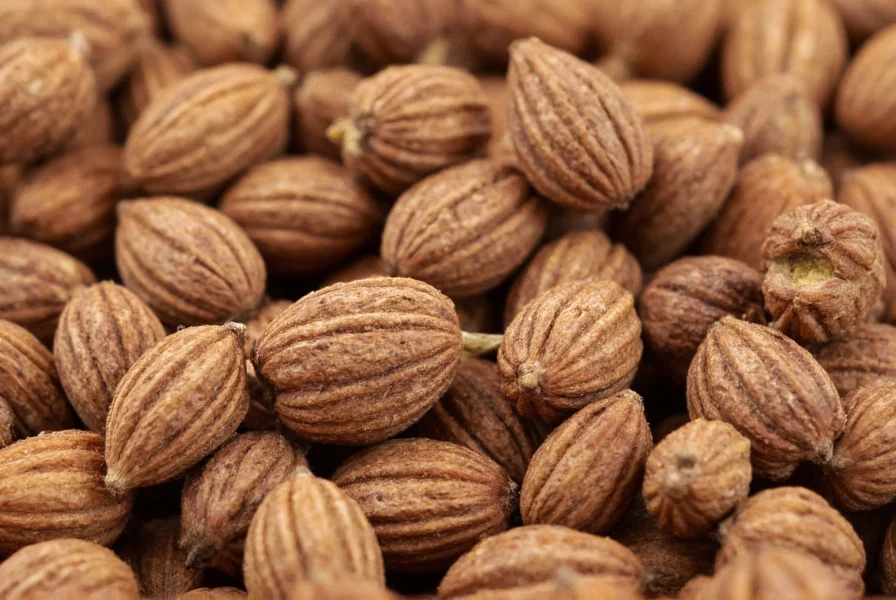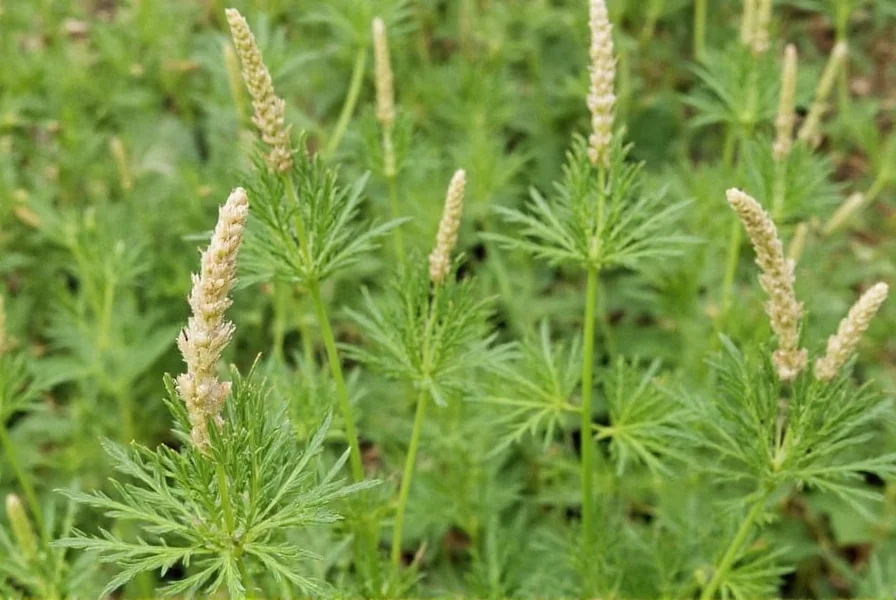For gardeners seeking to cultivate their own spices, growing cumin offers a rewarding challenge. This ancient spice, native to the Mediterranean and Southwest Asia, has been valued for thousands of years for both culinary and medicinal purposes. While cumin requires specific growing conditions, successfully cultivating this aromatic plant allows you to harvest fresh seeds with superior flavor compared to store-bought varieties.
Understanding Cumin Plant Requirements
Cumin (Cuminum cyminum) is an annual herb belonging to the Apiaceae family, which includes parsley, carrots, and dill. The plant grows to about 12-20 inches tall with slender stems, delicate leaves, and small white or pink flowers that develop into the characteristic crescent-shaped seeds. Unlike many herbs that thrive in cooler climates, cumin is a heat-loving plant that requires a long, warm growing season to produce mature seeds.
One of the most critical factors for how to grow cumin successfully is understanding its temperature sensitivity. Cumin seeds won't germinate in cold soil, and young plants are extremely sensitive to frost. The ideal temperature range for cumin cultivation spans from 70-85°F (21-29°C) during the day, with nighttime temperatures remaining above 60°F (15°C). In cooler climates, growing cumin requires careful timing or the use of season extension techniques.
| Growing Factor | Optimal Conditions | Tolerance Range |
|---|---|---|
| Temperature | 70-85°F (21-29°C) | 60-95°F (15-35°C) |
| Soil pH | 6.0-7.5 | 5.5-8.0 |
| Water Needs | Moderate, consistent | Avoid waterlogging |
| Days to Maturity | 100-120 days | 90-130 days |
Preparing to Grow Cumin
Before planting cumin, proper soil preparation is essential for successful cumin cultivation at home. Cumin prefers light, sandy, or loamy soils with excellent drainage. Heavy clay soils should be amended with compost or sand to improve drainage, as cumin roots are susceptible to rot in waterlogged conditions.
Choose a location that receives full sun for at least 6-8 hours daily. While cumin can tolerate partial shade, reduced sunlight significantly impacts seed production. Prepare the planting area by loosening the soil to a depth of 8-12 inches and incorporating 2-3 inches of well-aged compost. Avoid high-nitrogen fertilizers, which promote leafy growth at the expense of seed production.

Planting Cumin Seeds
The timing of planting is crucial when you're learning how to grow cumin in your garden. In most temperate regions, plant cumin seeds directly in the garden 2-3 weeks after the last expected frost date, when soil temperatures consistently reach 60°F (15°C) or higher. In warmer climates (zones 8-11), cumin can be planted in early spring for a summer harvest.
Follow these steps for proper cumin seed planting:
- Sow seeds 1/4 inch deep in prepared soil
- Space seeds 2-4 inches apart in rows 12-18 inches apart
- Water gently but thoroughly after planting
- Maintain consistent soil moisture until germination (7-14 days)
- Thin seedlings to 6-8 inches apart when they reach 2 inches tall
For gardeners in cooler climates, starting cumin indoors 4-6 weeks before the last frost can extend the growing season. However, cumin develops a taproot that doesn't transplant well, so use biodegradable pots to minimize root disturbance during transplanting.
Caring for Growing Cumin Plants
Proper care throughout the growing season ensures optimal cumin seed production and plant health. While established cumin plants are somewhat drought-tolerant, consistent moisture is critical during flowering and seed development. Water deeply once or twice weekly, providing about 1 inch of water, and reduce watering as seeds begin to mature.
Weed control is essential for cumin plants, which have relatively shallow root systems and don't compete well with aggressive weeds. Hand-pull weeds carefully to avoid disturbing cumin roots. Mulching with straw or shredded leaves helps retain moisture and suppress weeds while keeping soil temperatures warm.
Fertilization requirements for cumin are minimal. Excessive nitrogen promotes leaf growth but reduces seed production. If needed, apply a balanced, low-nitrogen fertilizer (such as 5-10-10) when plants are 6 inches tall, or side-dress with compost tea every 3-4 weeks.

Managing Pests and Diseases
When you're growing cumin organically, several potential pests and diseases require attention. Aphids, spider mites, and whiteflies may occasionally infest cumin plants. Regularly inspect the undersides of leaves and treat infestations with insecticidal soap or neem oil.
The most significant disease threats to cumin include:
- Root rot (from overwatering or poor drainage)
- Downy mildew (in humid conditions)
- Alternaria blight (causing leaf spots)
Prevent disease problems by ensuring proper spacing for air circulation, avoiding overhead watering, and rotating crops annually. Remove and destroy any infected plant material to prevent disease spread.
Harvesting and Processing Cumin Seeds
Knowing when and how to harvest cumin seeds properly determines the quality of your yield. Cumin plants typically begin flowering 40-60 days after planting, with seeds maturing 40-60 days after flowering. Harvest when the seed heads turn brown and the lower leaves begin to yellow, usually 3-4 months after planting.
Follow these steps for harvesting cumin:
- Cut entire plants at ground level when 50-60% of seeds have turned brown
- Bundle plants and hang upside down in a warm, dry, well-ventilated area
- Place a container beneath plants to catch falling seeds
- After 1-2 weeks, when completely dry, rub seed heads between hands to release seeds
- Winnow to remove chaff and plant debris
- Store seeds in an airtight container away from light and heat
Properly dried cumin seeds should retain their distinctive warm, earthy aroma. For the best flavor, use seeds within 6-12 months, though they remain safe to use for several years when stored properly.
Troubleshooting Common Cumin Growing Problems
Even with careful attention, gardeners may encounter challenges when growing cumin in home gardens. Here are solutions to common issues:
Poor germination: Cumin seeds have a relatively short viability period. Use fresh seeds (less than 1 year old) and maintain consistent soil moisture during germination. Soaking seeds for 24 hours before planting can improve germination rates.
Leggy, weak plants: This typically indicates insufficient sunlight. Cumin requires full sun for optimal growth and seed production. Consider relocating plants to a sunnier location if possible.
Low seed production: Inadequate pollination or improper watering during flowering can reduce seed set. Ensure good air circulation around plants and maintain consistent moisture during flowering and seed development.
Frequently Asked Questions About Growing Cumin
Can I grow cumin in containers?
Yes, cumin can be successfully grown in containers with proper care. Choose a pot at least 12 inches deep with excellent drainage, as cumin develops a taproot. Use a well-draining potting mix and place the container in a location receiving 6-8 hours of direct sunlight daily. Container-grown cumin requires more frequent watering than garden-planted cumin, but be careful not to overwater. Container cultivation is particularly useful for gardeners in cooler climates who can move plants indoors if temperatures drop unexpectedly.
How long does it take to grow cumin from seed to harvest?
Cumin typically requires 100-120 days (3-4 months) from seed to harvest. Germination takes 7-14 days, followed by 40-60 days of vegetative growth before flowering begins. After flowering, seeds need an additional 40-60 days to mature fully. The exact timeline varies based on climate conditions, with warmer temperatures generally accelerating growth. In cooler climates with shorter growing seasons, cumin may not reach full maturity before frost arrives, resulting in reduced yields.
Why are my cumin plants not producing seeds?
Several factors can prevent cumin plants from producing seeds. Insufficient sunlight (less than 6 hours daily) is a common cause, as cumin requires full sun for proper flowering and seed development. Temperature extremes, either too hot (above 95°F/35°C) or too cool (below 60°F/15°C), can also inhibit seed production. Inconsistent watering during the flowering stage, particularly drought stress, will reduce seed set. Additionally, cumin is primarily self-pollinated but benefits from insect activity; a lack of pollinators in your garden may contribute to poor seed production.
What's the best way to store harvested cumin seeds?
Properly dried cumin seeds should be stored in an airtight container away from light, heat, and moisture. Glass jars with tight-fitting lids or food-grade plastic containers work well. Store in a cool, dark pantry or cupboard. For extended storage (beyond one year), consider keeping seeds in the refrigerator or freezer in moisture-proof containers. Properly stored cumin seeds maintain their best flavor for 6-12 months, though they remain safe to use for several years. Check periodically for any signs of moisture or pests, and discard seeds that have lost their distinctive aroma.










 浙公网安备
33010002000092号
浙公网安备
33010002000092号 浙B2-20120091-4
浙B2-20120091-4